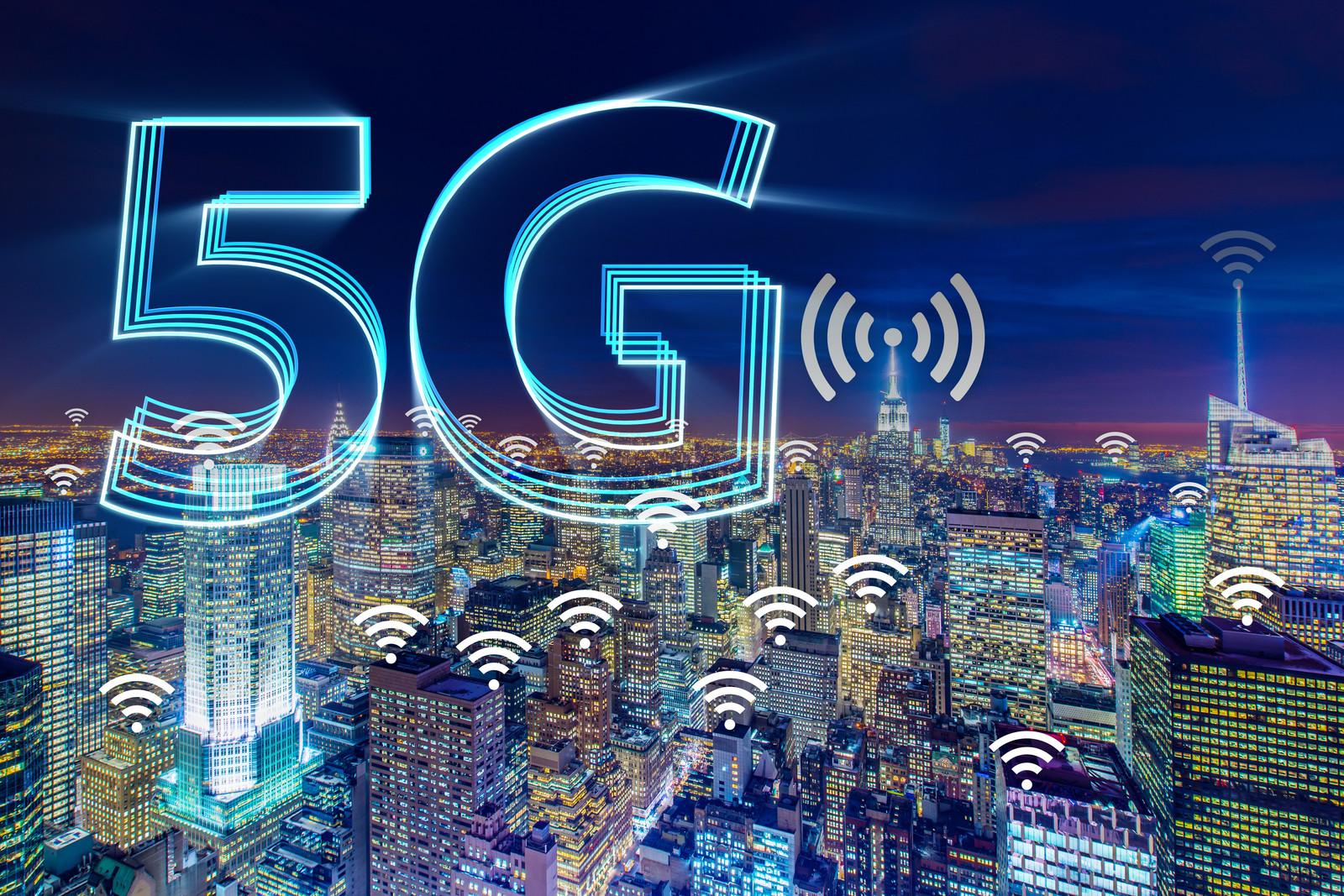The world is witnessing a rapid evolution in telecommunications with the advent of 5G technology. As we move further into the digital age, the demand for faster and more reliable connectivity has never been higher. 5G promises to revolutionize the way we communicate, work, and live, with its lightning-fast speeds and low latency.
Current Status of 5G Rollout
Global Implementation of 5G Networks
In recent years, countries around the globe have been racing to deploy 5G networks. From major urban centers to remote rural areas, efforts to roll out 5G infrastructure have been underway. While some countries have made significant progress in deploying 5G, others are still in the early stages of implementation.
Challenges and Successes So Far
The rollout of 5G has not been without its challenges. From regulatory hurdles to technical limitations, various factors have slowed down the deployment of 5G networks. However, there have also been notable successes, with several cities and regions already enjoying the benefits of 5G connectivity.
Anticipated Improvements and Innovations
Enhanced Connectivity and Speed
One of the most significant improvements that 5G brings is its enhanced connectivity and speed. With 5G networks, users can expect download speeds that are several times faster than current 4G LTE networks. This means smoother streaming, faster downloads, and virtually no lag time.
Impact on Various Industries
The widespread adoption of 5G is expected to have a profound impact on various industries. From healthcare and manufacturing to transportation and entertainment, 5G technology has the potential to revolutionize how businesses operate and deliver services to their customers.
Infrastructure Development
Investment in 5G Infrastructure
To support the rollout of 5G networks, significant investment in infrastructure is required. This includes upgrading existing cell towers, deploying new small cells, and laying down fiber-optic cables. Governments and telecommunications companies are pouring billions of dollars into these efforts to ensure widespread coverage and reliability.
Integration with Smart Cities
5G technology plays a crucial role in the development of smart cities. By enabling seamless connectivity between devices and sensors, 5G networks lay the foundation for smart infrastructure, efficient transportation systems, and sustainable urban development.
Regulatory Considerations
Spectrum Allocation and Regulations
The allocation of spectrum is a critical aspect of 5G deployment. Governments need to allocate sufficient spectrum to support 5G networks while also ensuring fair competition among telecommunications providers. Regulatory frameworks must also address issues such as spectrum sharing, interference management, and network security.
Privacy and Security Concerns
With increased connectivity comes heightened concerns about privacy and security. As more devices become connected to the internet, the risk of cyberattacks and data breaches also increases. It is essential for regulators and industry stakeholders to implement robust security measures to protect user data and privacy.
Future Applications and Technologies
IoT Integration
The Internet of Things (IoT) is expected to flourish with the widespread adoption of 5G technology. With its low latency and high bandwidth, 5G networks can support a vast array of connected devices, from smart home appliances to industrial sensors. This opens up new possibilities for automation, efficiency, and innovation across various sectors.
Edge Computing and Cloud Services
Edge computing, coupled with 5G technology, promises to revolutionize how data is processed and stored. By bringing computation closer to the source of data generation, edge computing reduces latency and improves response times. This is particularly beneficial for applications that require real-time data processing, such as autonomous vehicles and augmented reality.
Market Expansion and Consumer Adoption
Consumer Accessibility to 5G Devices
As 5G networks continue to expand, the availability of 5G-enabled devices is also increasing. Smartphone manufacturers are rolling out a new generation of devices equipped with 5G capabilities, making it easier for consumers to access the benefits of 5G connectivity.
Pricing and Affordability
One of the key factors influencing consumer adoption of 5G is pricing and affordability. While 5G offers unparalleled speed and performance, consumers are also mindful of the cost associated with upgrading to 5G devices and plans. Telecommunications companies must strike a balance between offering competitive pricing and recouping their investment in 5G infrastructure.
Conclusion
In conclusion, the rollout of 5G technology is poised to usher in a new era of connectivity and innovation. With its promise of faster speeds, lower latency, and increased reliability, 5G has the potential to transform industries, enhance consumer experiences, and drive economic growth. However, realizing the full potential of 5G will require continued investment in infrastructure, regulatory support, and collaboration among stakeholders.
FAQs:
- What is 5G technology, and how does it differ from previous generations?
- What are some of the challenges associated with the rollout of 5G networks?
- How will 5G technology impact different industries?
- What steps are being taken to address privacy and security concerns related to 5G?
- How soon can consumers expect to access 5G networks in their area?






